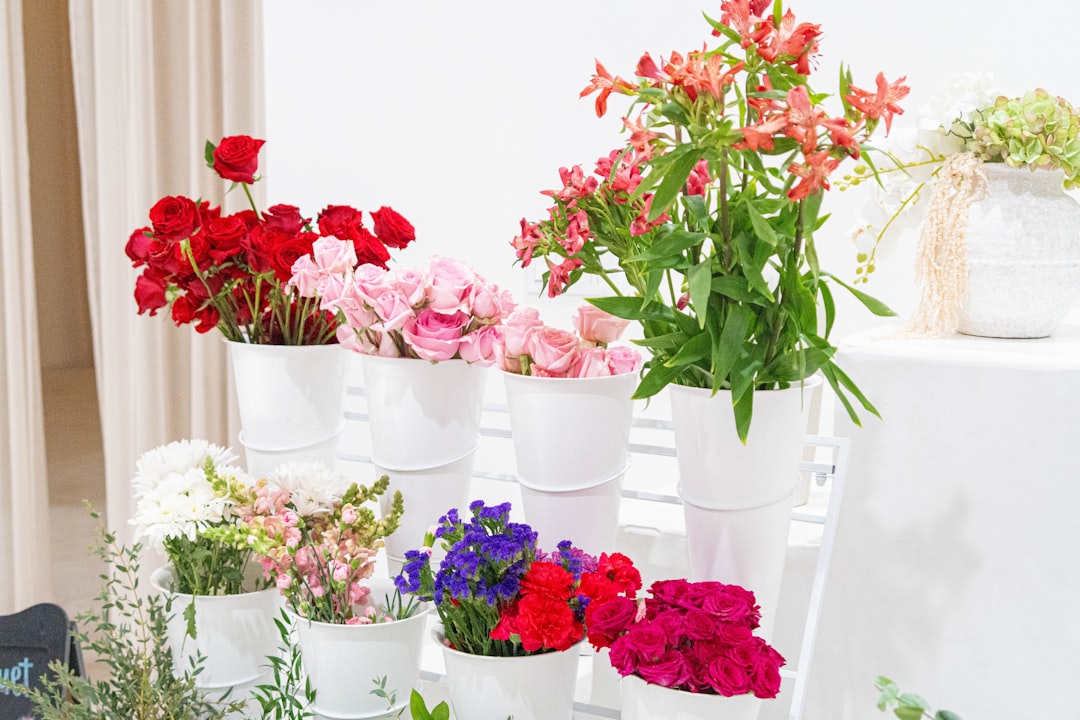The Secret to Thriving Houseplants in Winter

When winter arrives and the temperatures drop, many of us turn up the heat to keep our homes warm and cozy. However, this change in environment can have a significant impact on our beloved houseplants. Creating the right environment for your plants during the heating season is crucial for their survival and well - being. Here's a detailed guide on how to care for your houseplants when you turn up the heat.
First and foremost, it's essential to understand the specific needs of your plant collection. Different houseplants have different requirements when it comes to light, humidity, and temperature. For example, tropical plants such as orchids and ferns thrive in high - humidity environments. When the heat is on, the air in your home tends to become dry, which can be detrimental to these humidity - loving plants. On the other hand, succulents and cacti are more drought - tolerant and can handle lower humidity levels better.
Let's start with light. During winter, the days are shorter, and the sunlight is less intense. Most houseplants still need an adequate amount of light to carry out photosynthesis. Place your plants near south - or west - facing windows where they can receive the most sunlight. If natural light is limited, you can also invest in artificial grow lights. LED grow lights are a popular choice as they are energy - efficient and can provide the right spectrum of light for plant growth. Make sure to position the lights at an appropriate distance from the plants to avoid burning them.
Humidity is another critical factor. As mentioned earlier, the heat in your home can dry out the air. To increase humidity around your plants, you can use a humidifier. Place the humidifier near your plants, especially those that require high humidity. Another simple and cost - effective method is to create a humidity tray. Fill a shallow tray with pebbles and water, then place your plant pot on top of the pebbles. As the water evaporates, it will increase the humidity around the plant. You can also group your plants together. When plants are grouped, they create a micro - environment with higher humidity as they release moisture through transpiration.
Temperature also plays a vital role in plant health. Most houseplants prefer a relatively stable temperature. Avoid placing your plants near heat sources such as radiators, space heaters, or vents. The direct heat can cause the soil to dry out quickly and may even burn the leaves. Keep your plants in an area where the temperature remains between 60 - 75°F (15 - 24°C). Some plants may tolerate slightly cooler temperatures at night, but sudden temperature fluctuations can stress them.
Watering is a bit tricky during the heating season. While the dry air may make it seem like your plants need more water, in fact, they may not. The reduced light and lower temperatures mean that plants grow more slowly in winter, and their water requirements decrease. Before watering, check the soil moisture. Stick your finger about an inch into the soil. If it feels dry, it's time to water. Use lukewarm water as cold water can shock the plants. Also, make sure to water the soil directly and avoid getting water on the leaves, as this can lead to fungal diseases.
Fertilizing is another aspect to consider. Since plants grow more slowly in winter, they don't need as much fertilizer. You can reduce the frequency of fertilizing to once every two to three months or even stop fertilizing altogether. Over - fertilizing can cause salt buildup in the soil, which can harm the plants.
It's also important to be aware of your home's heating type. Forced - air heating systems can dry out the air quickly and may also blow dust and debris onto your plants. If you have a forced - air system, consider using a filter to clean the air and protect your plants. Radiant heating, on the other hand, provides a more even heat distribution but can still cause the air to become dry. In either case, monitoring and adjusting the humidity levels around your plants is crucial.
Regularly inspect your plants for signs of pests and diseases. The dry and warm environment created by the heating can make plants more susceptible to pests such as spider mites and aphids. If you notice any pests, you can use natural remedies such as neem oil or insecticidal soap to get rid of them. Prune any damaged or yellowing leaves to keep your plants healthy and looking their best.
In conclusion, caring for houseplants during the heating season requires a bit of extra attention. By understanding the specific needs of your plants, adjusting the light, humidity, temperature, watering, and fertilizing, and being aware of your home's heating type, you can help your plants thrive through the winter months. With proper care, your houseplants will continue to bring beauty and freshness to your home all year round.